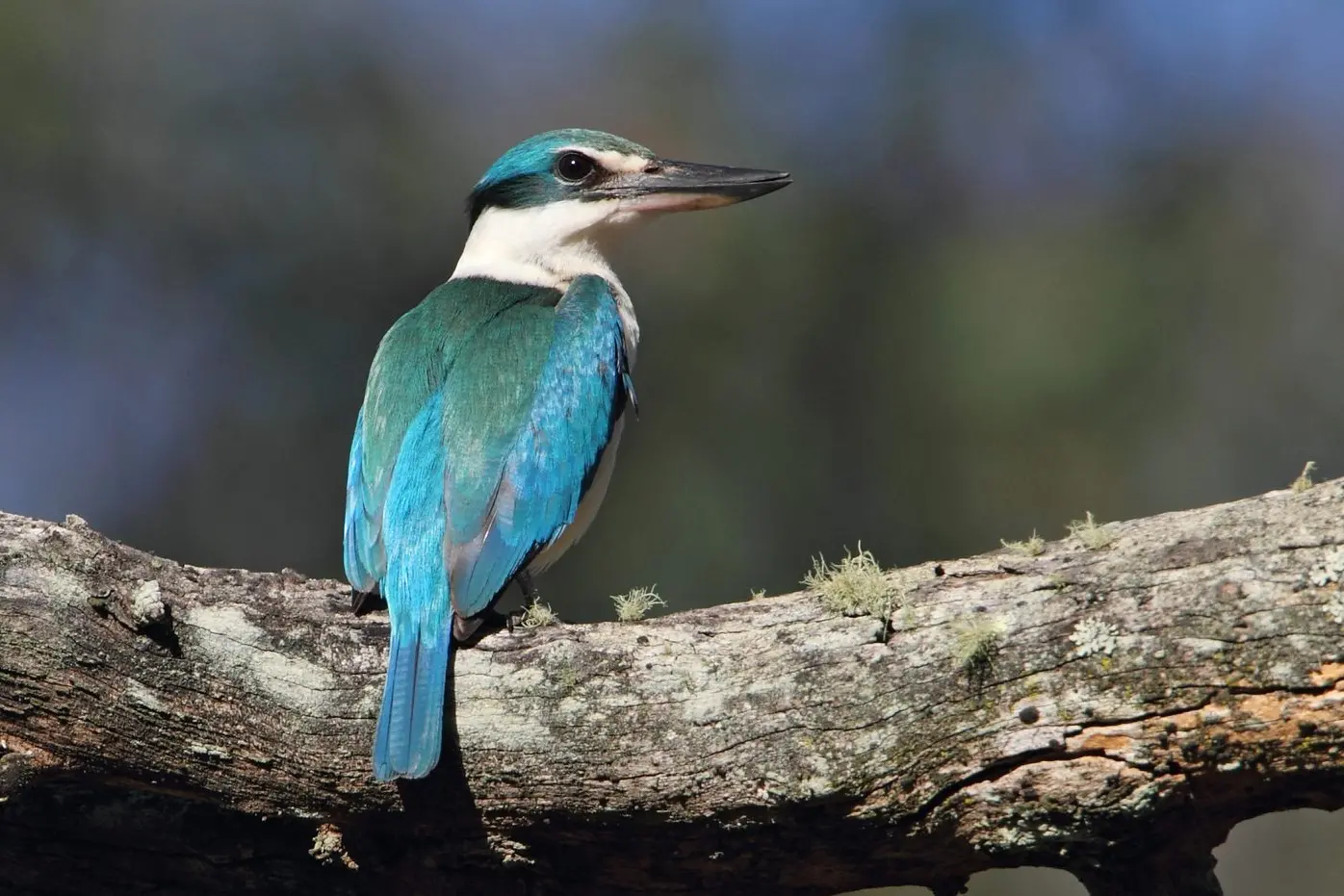PHOTO
As spring settles in the Sacred Kingfisher returns to our region.
It is a visually striking bird heard and seen throughout our warmer months, where it comes to breed and fledge young before returning to northern Australia and surrounding islands including PNG and Borneo.
Their loud "ek ek ek ek" call is repeated continuously throughout breeding season and when excited they also give a "kee kee kee" and a series of chirring, scolding notes when alarmed.
Locally they inhabit woodlands and tall open eucalypt forest.
The Sacred Kingfisher is a medium sized kingfisher with a turquoise back, turquoise blue rump and tail, buff-white underparts and a broad cream collar.
There is a broad black eye stripe extending from bill to nape of neck.
Both sexes are similar, although the female is generally lighter with duller upper parts.
Young birds appear like the female but have rusty-brown edging to feathers on the collar and underparts, and buff edges on the wing coverts.
Whilst often seen near waterways Sacred Kingfishers seldom eat fish, instead, they mostly forage for insects, but they will also eat a wide variety of other small animals, including frogs and lizards.
These food items are commonly taken on the ground, with the kingfisher swiftly swooping or pouncing down from a branch or some other elevated perch onto the prey, sometimes taking it without landing.
The food is then usually brought back to the perch, where it is eaten.
For most of the year Sacred Kingfishers are solitary, pairing only for the breeding season.
Usually, two clutches are laid in a season and both sexes excavate the nest, which is normally either a burrow in a river bank or in a tree hollow.
The nest chamber is unlined and can be up to 20m above the ground in a towering red gum or box tree.
Both sexes incubate the eggs and care for the young.
So, whilst we often see Sacred Kingfishers along our waterways in the warmer months, it’s not the water they seek but rather the large hollow bearing trees for nesting and the tree lined corridors for foraging amongst.
Once the cooler nights arrive in March, they will start their long northern flight along the edge of the Great Dividing Range to their winter home in the tropics.

